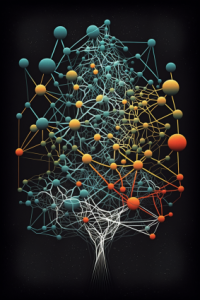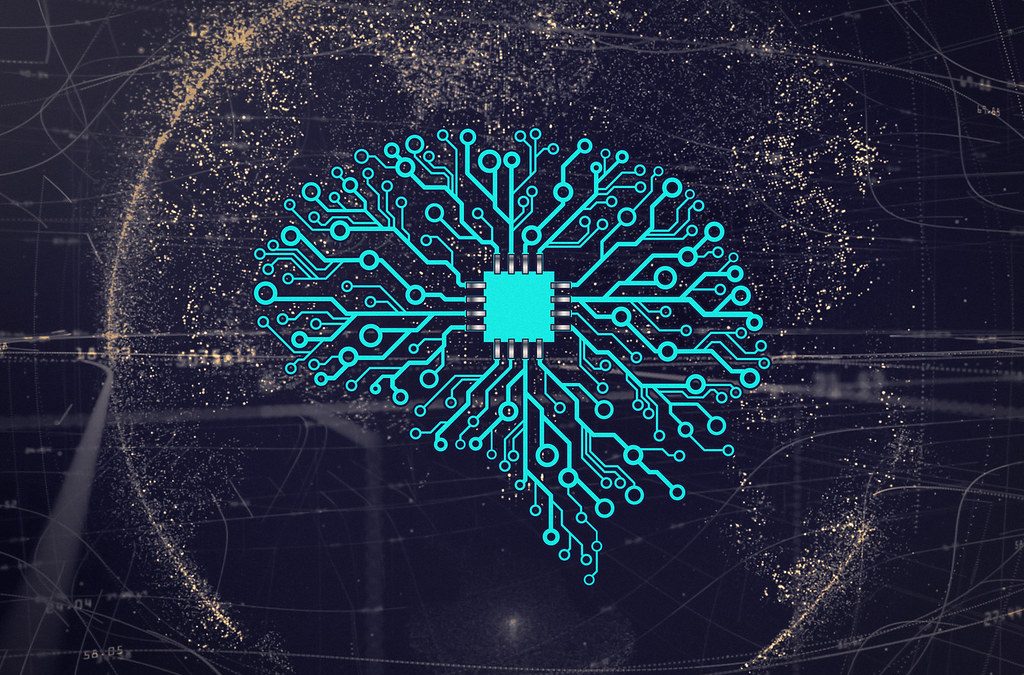The integration of artificial intelligence (AI) and machine learning (ML) in communication networks
The integration of AI and ML in communication networks has brought about a revolution in the way communication is carried out. AI and ML have transformed the way data is processed, analyzed and communicated, making communication more efficient, accurate, and reliable.
What is AI and ML in communication networks
Artificial intelligence (AI) refers to the development of computer systems that can perform tasks that would normally require human intelligence, such as recognizing speech, decision making, and language translation. Machine learning (ML), on the other hand, is a subset of AI that enables systems to learn from data and make predictions or decisions without being explicitly programmed.
The role of AI and ML in communication networks
AI and ML play a crucial role in communication networks by improving the efficiency, speed, and accuracy of communication. They enable the processing of large amounts of data in real-time, allowing for the quick identification of trends, patterns, and anomalies. This information can then be used to make informed decisions, improve network performance, and enhance the overall user experience.
The benefits of AI and ML in communication networks
The integration of AI and ML in communication networks has numerous benefits, including:
- Improved network performance: AI and ML algorithms can analyze vast amounts of data in real-time, providing network operators with valuable insights into network performance. This information can be used to optimize network operations, reduce downtime, and improve overall network efficiency.
- Enhanced user experience: AI and ML can be used to personalize the user experience, providing users with more relevant and targeted communication. This can be achieved by analyzing user behavior, preferences, and communication patterns to deliver customized communication experiences.
- Increased security: AI and ML can be used to detect and prevent security threats, such as cyber attacks, data breaches, and network intrusions. They can also be used to monitor network activity and identify suspicious behavior, allowing network operators to take proactive measures to prevent security incidents.
The challenges of AI and ML in communication networks
Despite the numerous benefits of AI and ML in communication networks, there are also several challenges that need to be addressed. These include:
- Data privacy: As AI and ML algorithms rely on vast amounts of data to operate, there is a risk that sensitive information may be compromised. This highlights the need for effective data privacy measures to be in place to protect the privacy of users.
- Algorithm bias: AI and ML algorithms can be biased if they are not trained on a diverse and representative dataset. This can lead to inaccurate predictions and decisions, and result in unfair outcomes.
- Technical complexity: The integration of AI and ML in communication networks requires a high level of technical expertise, as well as specialized hardware and software. This can be a challenge for network operators who may not have the necessary resources to implement these technologies.
The future of AI and ML in communication networks
As AI and ML continue to evolve, it is likely that their integration in communication networks will become even more widespread. In the future, AI and ML may be used to create self-healing networks that can automatically detect and resolve network issues, as well as provide more personalized communication experiences for users.
Conclusion
 The integration of AI and ML in communication networks has brought about a revolution in the way communication is carried out. These technologies have transformed the way data is processed, analyzed and communicated, making communication more efficient, accurate, and reliable. Despite the challenges that need to be addressed, the future of AI and ML in communication networks is bright and full of possibilities.
The integration of AI and ML in communication networks has brought about a revolution in the way communication is carried out. These technologies have transformed the way data is processed, analyzed and communicated, making communication more efficient, accurate, and reliable. Despite the challenges that need to be addressed, the future of AI and ML in communication networks is bright and full of possibilities.
FAQs
- What is the difference between AI and ML in communication networks?
AI refers to the development of computer systems that can perform tasks that would normally require human intelligence, while ML is a subset of AI that enables systems to learn from data and make predictions or decisions without being explicitly programmed.
- What is the role of AI and ML in communication networks?
AI and ML play a crucial role in communication networks by improving the efficiency, speed, and accuracy of communication. They enable the processing of large amounts of data in real-time, allowing for the quick identification of trends, patterns, and anomalies, which can then be used to make informed decisions and improve network performance.
- What are the benefits of AI and ML in communication networks?
The integration of AI and ML in communication networks has numerous benefits, including improved network performance, enhanced user experience, and increased security.
- What are the challenges of AI and ML in communication networks?
The challenges of AI and ML in communication networks include data privacy, algorithm bias, and technical complexity.
- What is the future of AI and ML in communication networks?
As AI and ML continue to evolve, it is likely that their integration in communication networks will become even more widespread. In the future, AI and ML may be used to create self-healing networks and provide more personalized communication experiences for users.
Want to read about the impacts of ai and IT?
Learn More About Machine Learning
